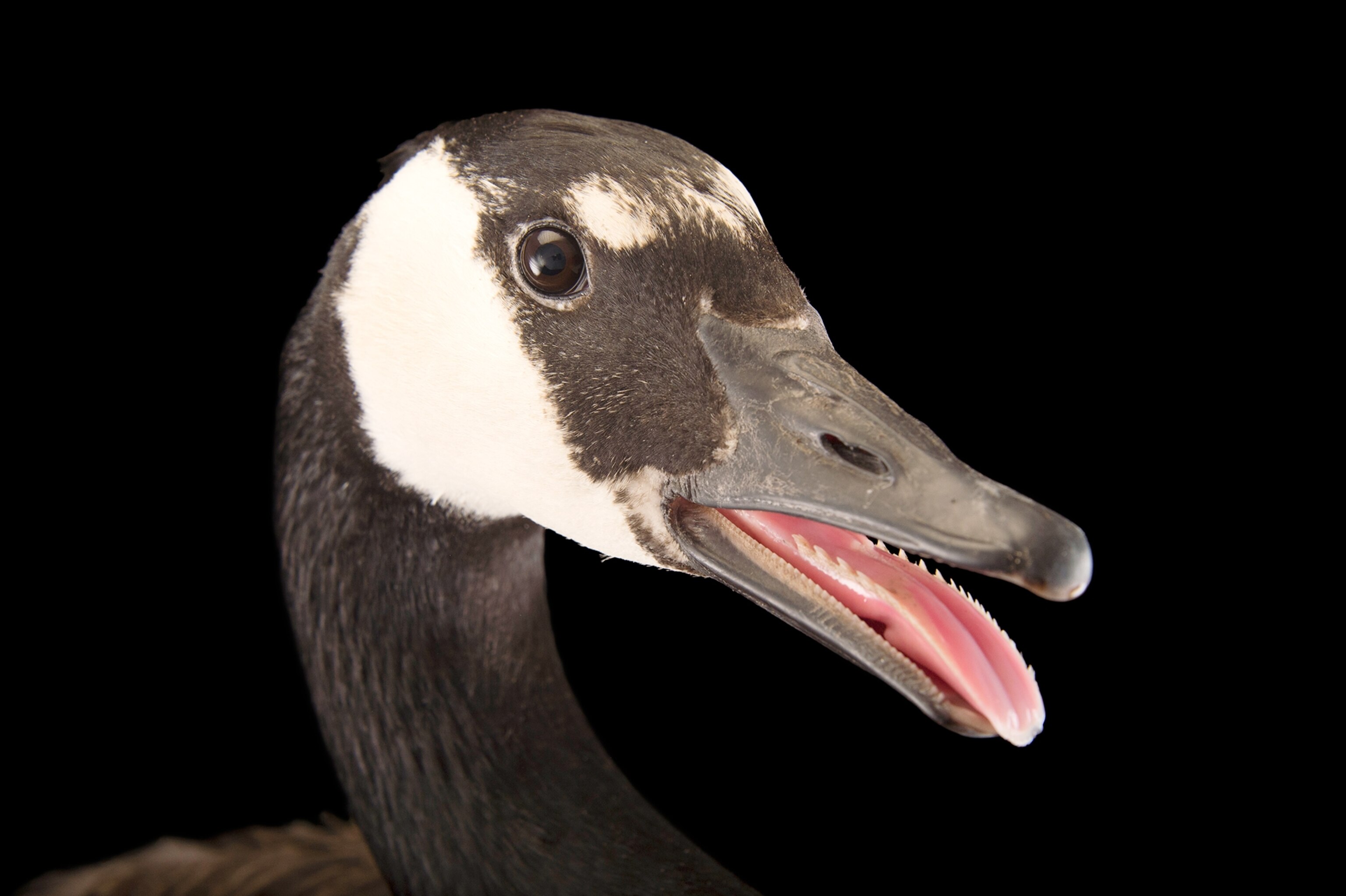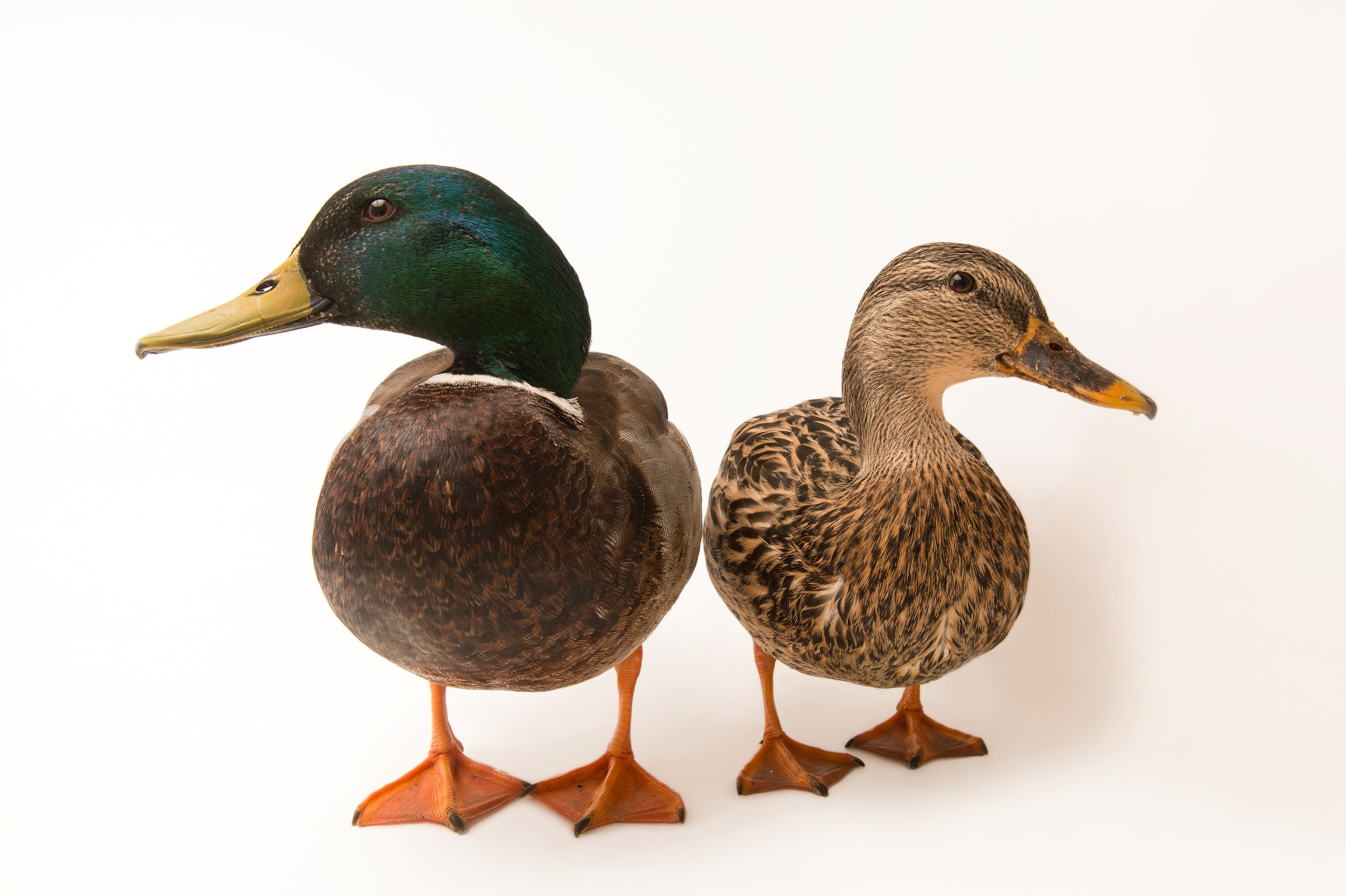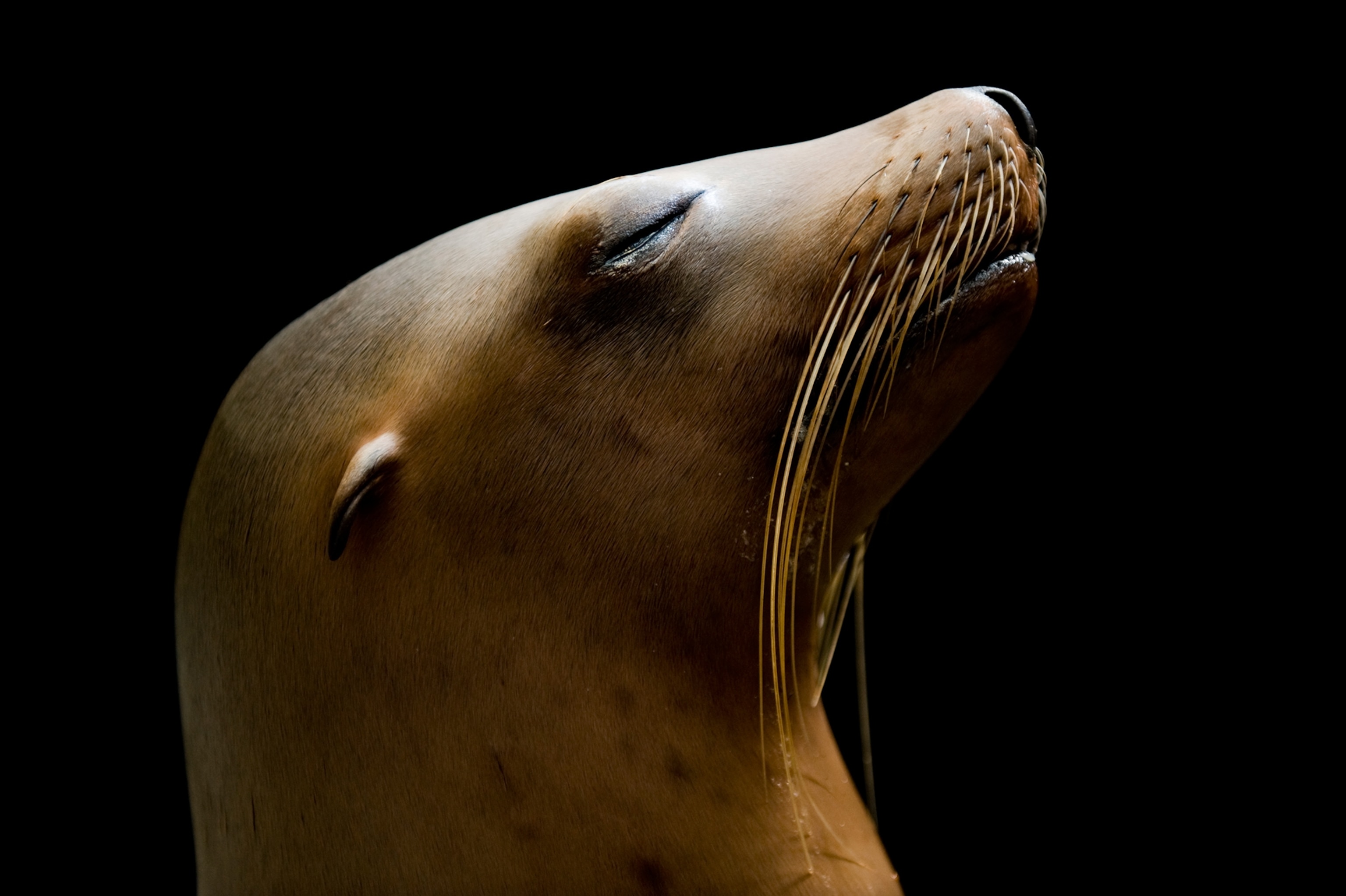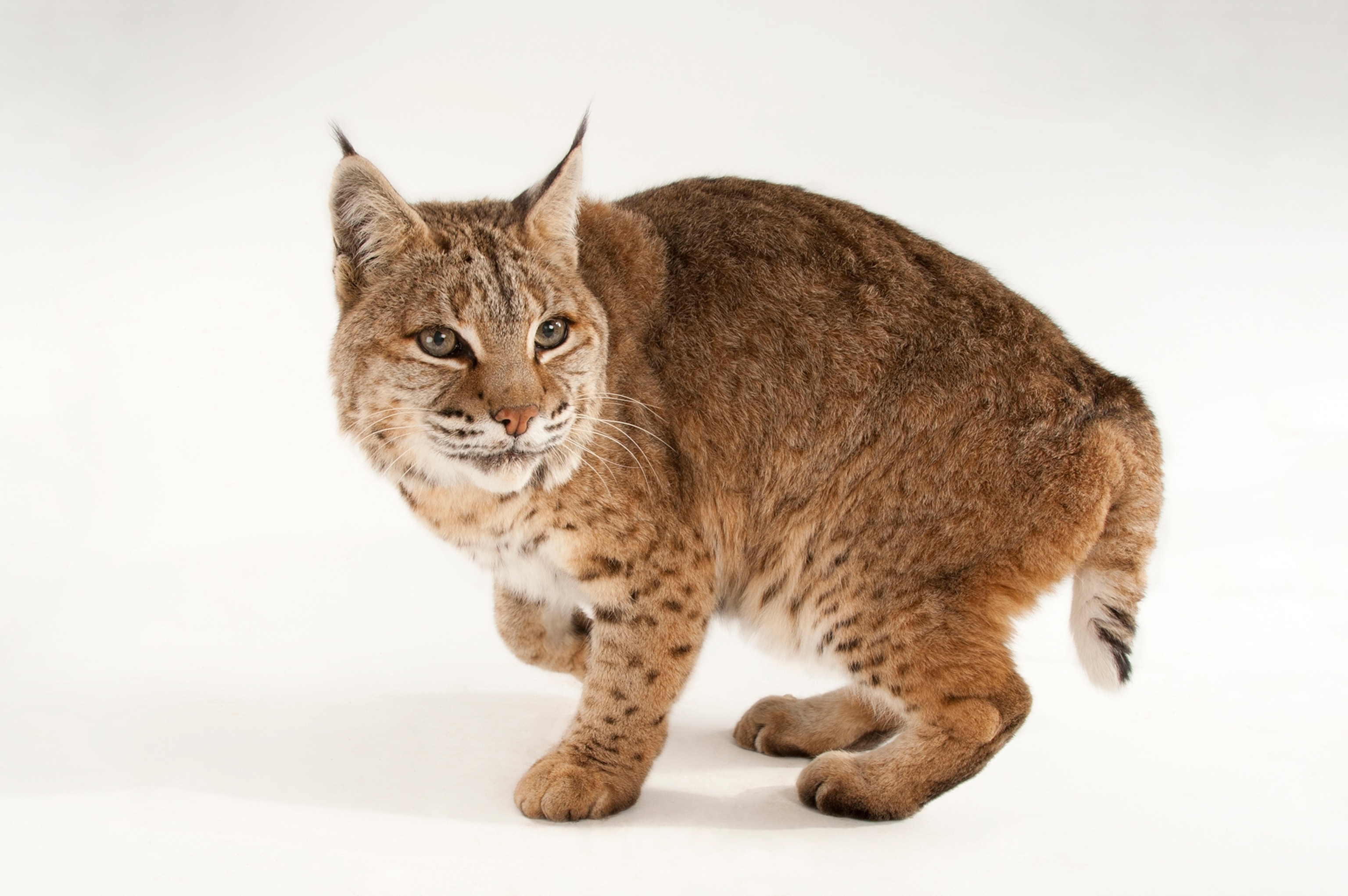
Hundreds of wild parrots are thriving in this Brazilian city
Decades ago, blue-and-gold macaws fleeing drought and wildfire landed in Campo Grande—and now locals love them.
Campo Grande, Brazil — Parrot biologist Larissa Tinoco spends her days not in the deepest reaches of the rainforest, but contending with rush hour in Campo Grande, a bustling city in midwestern Brazil.
On a recent winter day in June, she drove along quiet, leafy suburbs, a vacant parking lot, a large vegetable garden, and then onto the busy Afonso Pena Avenue. Her route regularly takes her past 158 nests of blue-and-gold macaws, at least 700 of which are estimated to live here, the remote capital of Mato Grosso do Sul state.
But today, the nests on her rounds have been empty. Inching through heavy late-afternoon traffic, Tinoco, a researcher with the Urban Birds Project, suddenly shouts.
Ahead of us, the sun illuminates the intensely colored chest and outstretched wings of a blue-and-gold macaw. The bird darts quickly out of our sight, and moments later, a loud squawk suggested it landed in a nearby tree.
A few dozen of these large parrots first appeared in the city in 1999, fleeing severe droughts and fires in surrounding wilderness, such as the Pantanal, a Florida-size expanse of savannah and marshes about 90 miles away.
“They found a favorable environment here, and the news has spread,” says Neiva Guedes, founding president of the Hyacinth Macaw Institute (Instituto Arara Azul), whose Urban Birds Project monitors the Campo Grande macaw population. (Read about former pet parrots thriving in American cities.)
Indeed, in 2018, there was a spike in the number of nests and birds mating in Campo Grande, with 184 baby blue-and-gold macaws born inside the urban perimeter, up from 133 the previous year, according to Tinoco’s research as part of the Urban Birds Project.
The International Union for Conservation of Nature notes the colorful species is decreasing in number throughout South America, largely due to deforestation. Though the rate of forest loss has declined in Mato Grosso do Sul over the last two decades, according to federal data, farms and cattle operations continue to expand, even if at a slower pace.
Continued deforestation could further drive macaws out of their natural habitat, turning cities into a last—if less than ideal—resort for the birds. Recent observations suggest the blue-and-gold macaw population is rising in Brazil, possibly because Campo Grande birds are dispersing elsewhere.
“Blue-and-gold macaws are even being spotted again in regions where they had previously disappeared, like the states of São Paulo and Paraná, which could be a sign that their population is growing,” says Guedes.
And so far, the bird is beloved by Campo Grande residents. As the city’s official symbol, the species is featured on tourist souvenirs, in paintings on public buildings, and as a giant sculpture on the aptly named Macaws Square. In 2018, the city council approved a law forbidding residents to knock down any trees used by nesting parrots.
Guedes hopes the birds will inspire the public to care about conservation issues in Brazil. We have to “keep fighting to make sure these macaws become a banner of true commitment [to] the environment,” she says.
Beloved birds
Like most parrots, blue-and-gold macaws like to nest in cavities within trunks of dead palm trees. Campo Grande, a city of around 885,000, is full of exotic imperial palms, which reach heights of up to 130 feet and provide roomier nests than native palms.
Residents will often help young macaws back into their nests after failed attempts at first flights; some people have gone as far as building wooden roofs over their nests to protect them from rain. (Meet the colorful people devoting their lives to parrots.)
“I talk to them all the time,” says Ana Paula Marques da Silva, a restaurant owner whose garden houses two macaw nests. “They are very punctual, like the British, so when they arrive in the afternoon I like to greet them and joke, Oh, so good that you could make it again to the five o’clock tea.”
Generally the living is good in Campo Grande; the city is free of most natural predators, and a bounty of fruit and nuts grow in numerous parks and green spaces.
In fact, the survival rate of newborn blue-and-gold macaws in Campo Grande is higher than in the wild, according to Guedes, who is also a professor at the University for the Development of the State and Region of the Pantanal.
An urban refuge?
It is a precarious balance, however.
Macaws face urban dangers, such as getting entangled in power lines or electrified fences, as well as getting hit by cars. From 2011 to 2019, 38 blue-and-gold macaws have died of electrocution in Campo Grande, about four per year, according to Guedes.
And though smuggling of live birds and eggs seems to be declining in Mato Grosso do Sul, it’s still a serious concern, she says. Over the last four years, the state’s government has intercepted six baby macaws that poachers had snatched from Campo Grande.
Her institute works in cooperation with local police and federal agencies in Brazil and neighboring countries Bolivia, Paraguay, and Argentina to fight such poachers, who sell the birds to buyers in the U.S., Europe, and Asia, where they’re coveted as pets. (Read how parrots, popular pet birds, are threatened by illegal trade.)
And as the city expands, construction sites are taking the place of empty lots and gardens where palms once stood. The state governor, Reinaldo Azambuja, has made a controversial proposal to convert a large portion of the central Parque dos Poderes—Park of the Powers—into a parking lot and government buildings. The governor’s office declined to comment for this story.
The proposal doesn’t sit well with some locals, such as Simone Mamede, a biologist and owner of an ecotourism agency, Mamede Institute.
The park, a designated conservation area, is “crucial for sustaining the biodiversity corridor we have here in the city,” Mamede says. “It is one of the last vestiges of the indigenous cerrado vegetation in Campo Grande.”
“This is important not only to macaws, but to the more than 400 bird species we have here,” she adds.
Parrot surprises
Those species include red-and-green macaws, which also started appearing in the city as far back as 1999. The parrots flock to Campo Grande during the first months of the year and return to the wild in the beginning of their mating season, around July.
The presence of both species in the city inspired Guedes to create the Urban Birds Project in 2011, and since then, research has revealed some intriguing insights into the behavior and diet of urban parrots.
For instance, Tinoco has observed blue-and-gold macaws mating with red-and-green ones—previously unheard of outside captivity. Also surprising was the discovery these hybrids are fertile.
The scientists have also observed blue-and-gold macaws eating 31 different kinds of fruits and nuts—including mangos, guavas, cajás, and the fruits of the buriti and macaúba palms—a diet much more diverse than thought.
City birds
One morning in the Park of the Powers, I took an early bike ride, hoping to see more of the birds. The sprawling, tree-filled 600-acre park is surrounded by large avenues and government buildings, where Brazilian wildlife such as coatis and capybaras roam amid commuters hurrying to work or locals catching some weekend sun.
I soon came upon a nest in a palm tree, near where joggers and cyclists zoomed past. A pair of blue-and-gold macaws sat quietly at the top of the trunk as people stopped to film and shoot photographs.
“I bet they look at people taking their picture and ask themselves, What weird animals are these?” mused Donisete Alves, a merchant selling coconut water and Brazilian nuts at a stand just opposite the nest. Just two weeks ago, Alves told me, a person was caught trying to still eggs from this very nest.
As we chatted, a large truck roared by, leaving behind a trail of thick black smoke. The macaws kept standing on the trunk, seemingly undisturbed, looking at once majestic and fragile in the midst of the cloud.


















